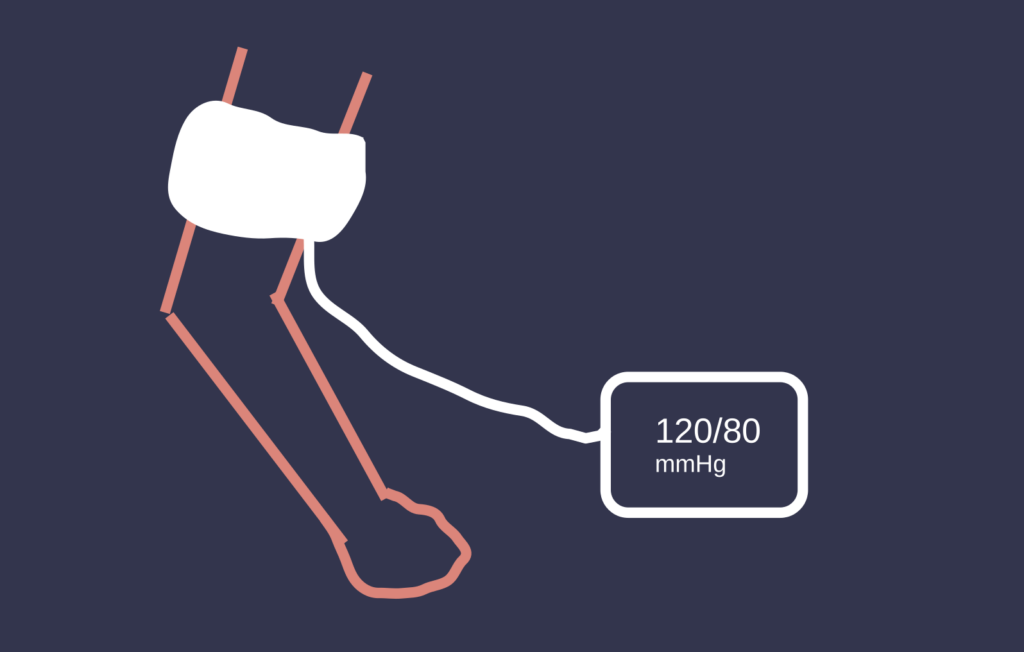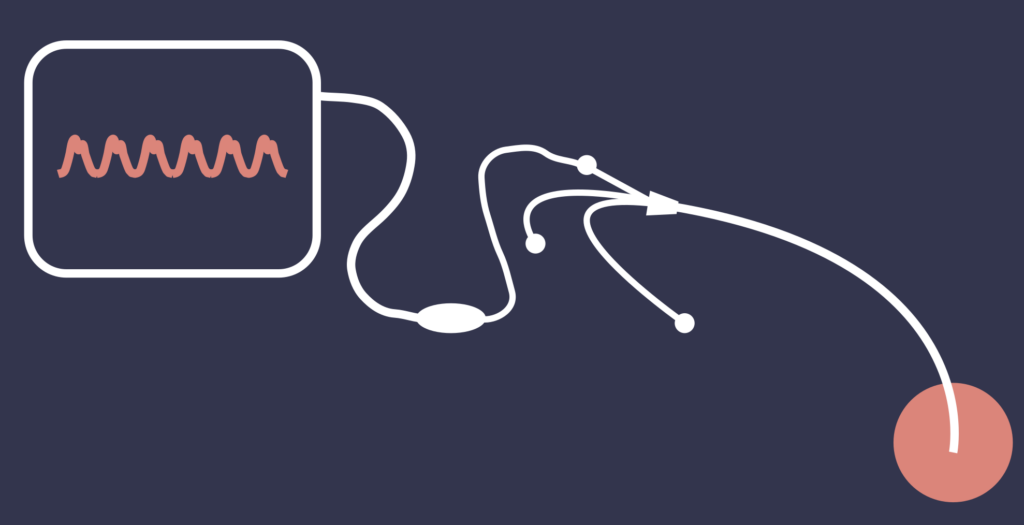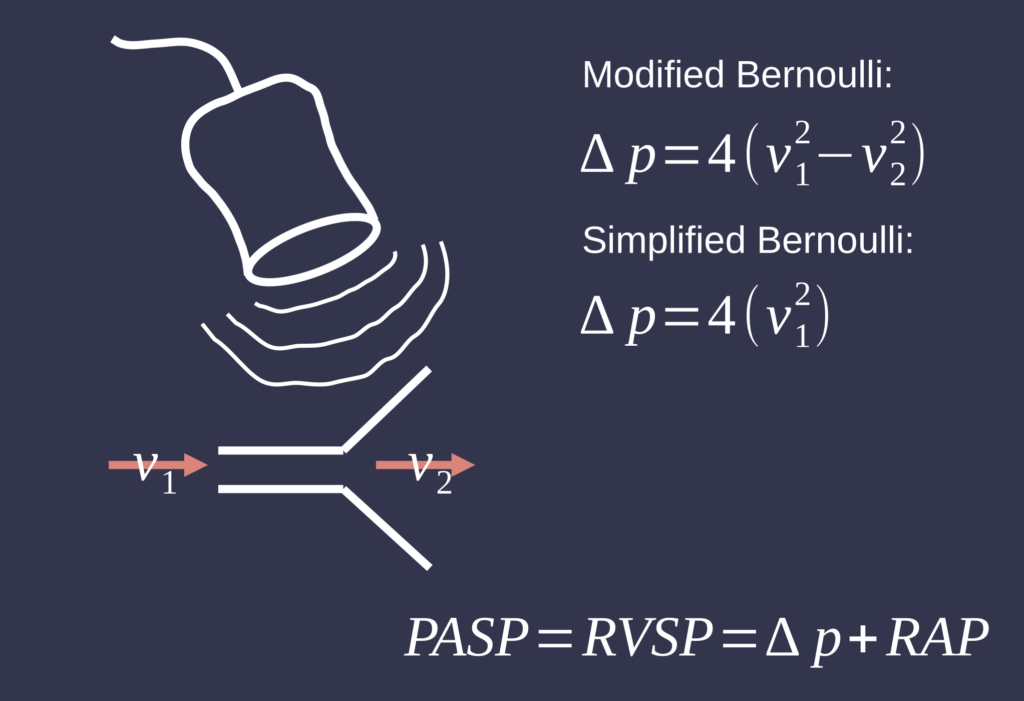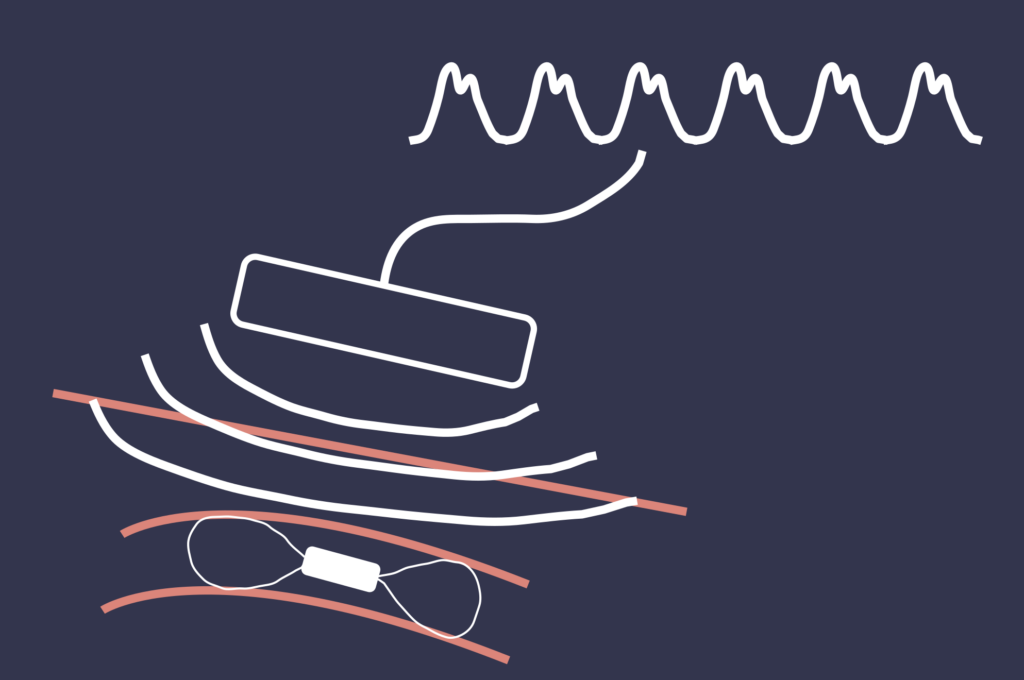Measuring blood pressure can be achieved using a variety of devices, each offering unique advantages and applications in clinical settings.
Cuff (Sphygmomanometer)
One of the most common methods for measuring blood pressure is through the use of a sphygmomanometer, commonly known as a cuff. This device typically consists of an inflatable cuff and either a manual bulb or an automatic mechanism. The process begins with the patient sitting comfortably, with their arm supported and relaxed. The cuff is wrapped snugly around the upper arm, positioned about an inch above the elbow.

Next, the cuff is inflated to temporarily cut off blood flow in the artery. For manual measurements, a healthcare provider uses a stethoscope to listen over the brachial artery as the cuff is slowly deflated. The first sound they hear corresponds to the systolic pressure, while the point at which the sounds disappear indicates the diastolic pressure. These readings are recorded in millimeters of mercury (mmHg), such as 120/80 mmHg. Automatic monitors provide similar readings without the need for a stethoscope, making this method widely used in both clinical and home environments.
Transducer and catheter
Invasive measurement methods often utilize a pressure transducer, which is part of a catheter system. A catheter with an attached transducer is inserted into a blood vessel, such as the radial or femoral artery or from the venous side in to the right heart and pulmonary artery. This setup allows the transducer to convert the pressure exerted by blood into an electrical signal.

As the blood flows through the artery, the transducer continuously monitors the pressure and displays real-time readings on a monitor. Periodic calibration of the transducer may be necessary to ensure accuracy. This method is particularly beneficial in intensive care settings or in the catheter laboratory, where continuous blood pressure monitoring is crucial for critically ill patients or for diagnosis of cardiovascular diseases.
Echocardiography
Echocardiography is a non-invasive technique that uses ultrasound to visualize the heart and estimate blood pressure. An echocardiogram machine, equipped with a transducer, is used to emit ultrasound waves that bounce off the heart structures. The patient is typically positioned on their left side to improve visualization.

Through the Doppler technique, clinicians can measure the velocity of blood flow through the heart and across the valves. By analyzing these blood flow velocities, they can estimate pressure gradients across the heart’s chambers and valves using the Bernoulli principle. The resulting images and flow data are displayed on a monitor, allowing for a comprehensive assessment of cardiac function and potential valve abnormalities.
Implantable Sensor
For long-term monitoring, implantable pressure sensors, such as pulmonary artery pressure sensor implants, are increasingly used. These devicec are surgically placed in the pulmonary artery through a minimally invasive procedure. Once implanted, the sensor continuously measures pulmonary artery pressure and wirelessly transmits the data to an external monitor or device.

This capability enables healthcare providers to review the pressure readings regularly, facilitating proactive management of patients with heart failure. By detecting changes in pressure that may indicate worsening heart failure, clinicians can intervene promptly to optimize patient care.
